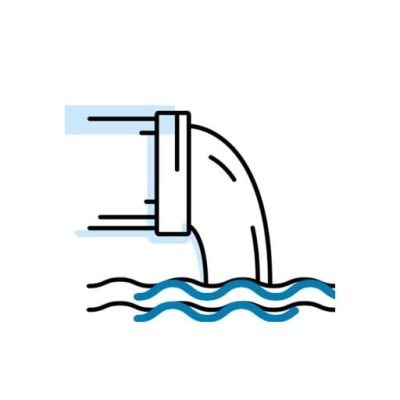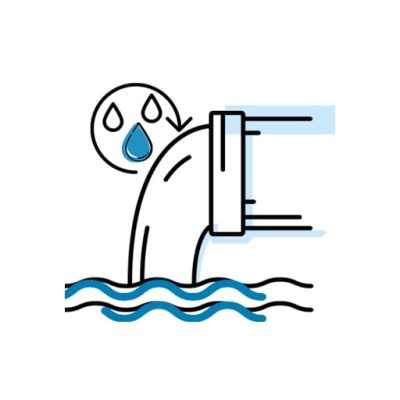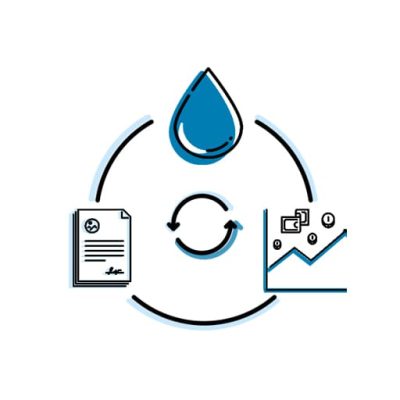
At several buildings, rainwater is captured from the building roofs and is stored in buffer tanks, ready for reuse. The reuse systems consist of a submersible pump, filters to remove suspended particles, sometimes an activated carbon filter for colour and odour removal and is then distributed to the toilets.
At some locations, the tenants changed from rainwater to tap water because the reuse system didn’t function properly.
Water Experts performs water audits of the buildings in order make it possible to switch again to reusing rainwater instead of tap water. Although some things might seem straight forward, each case is different and should be evaluated carefully to select the best solutions.
The rainwater reuse systems are studied in detail to detect opportunities to optimize them.
Several aspects are evaluated:


